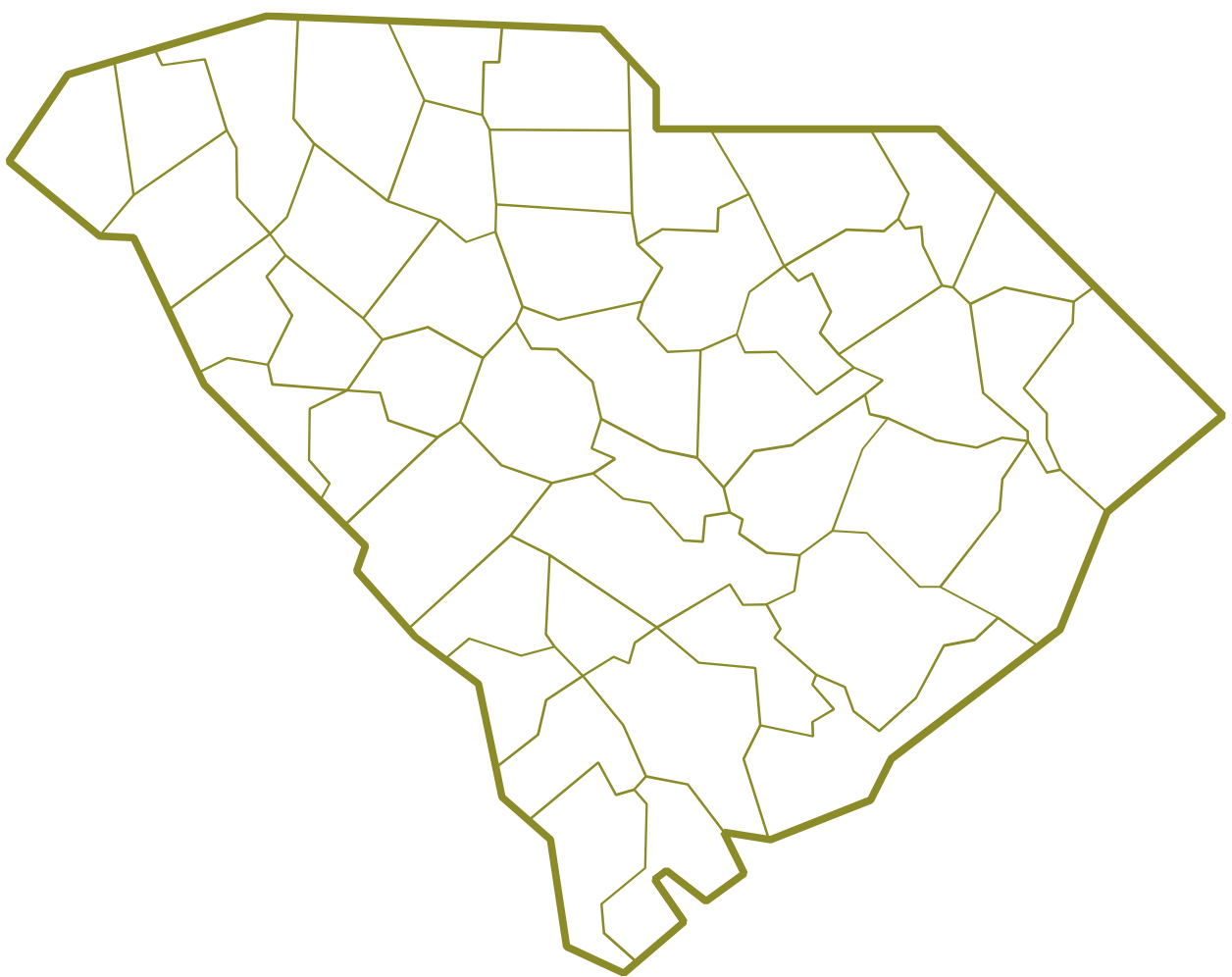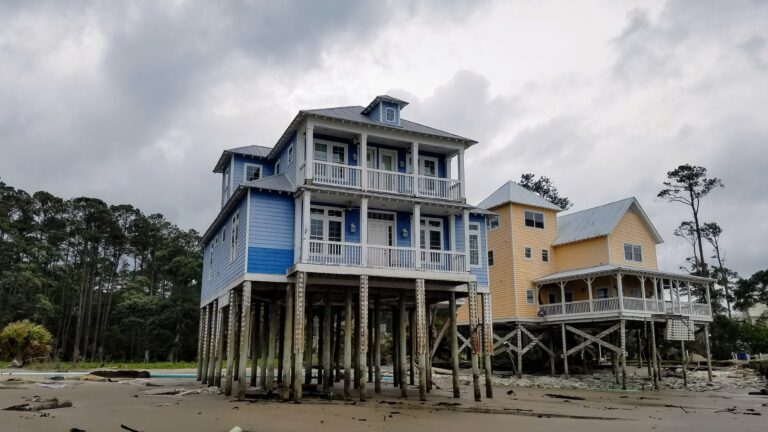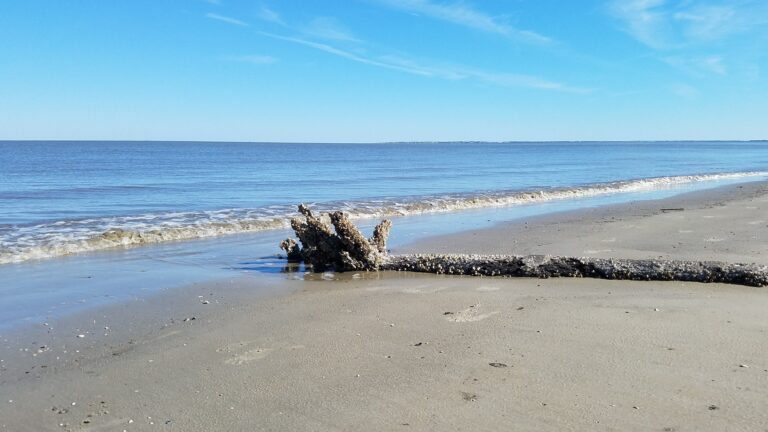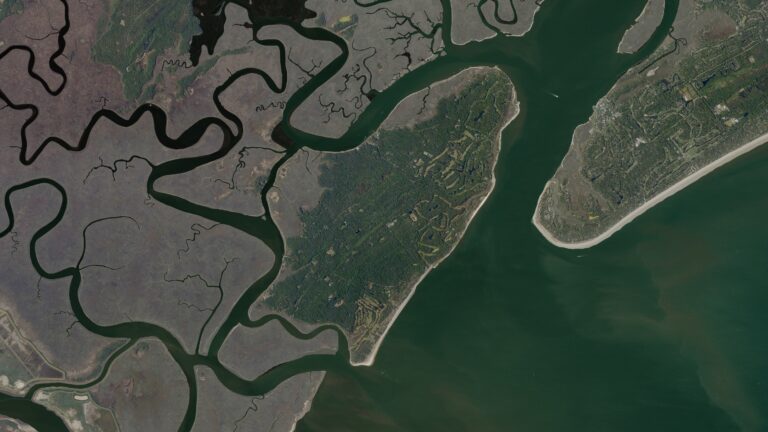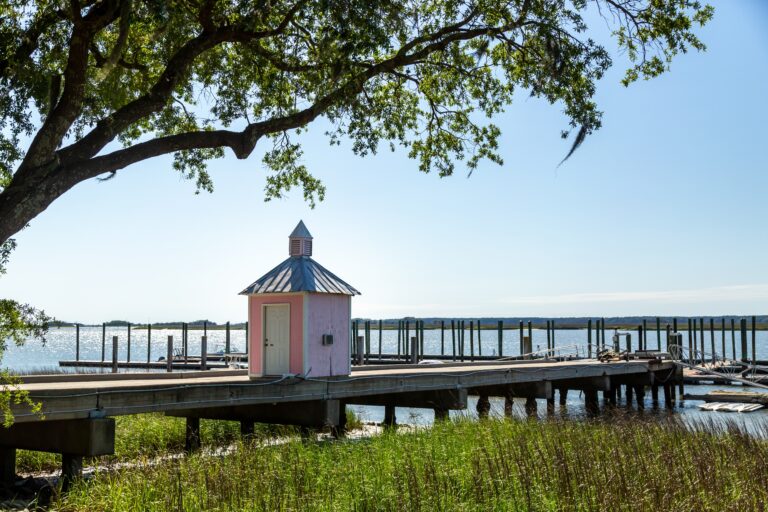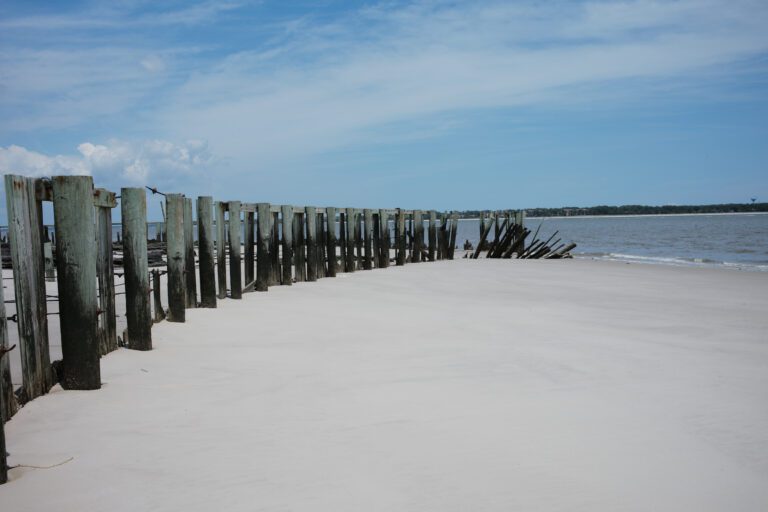Visit the Daufuskie Island Community Farm: A Hidden Gem Experience
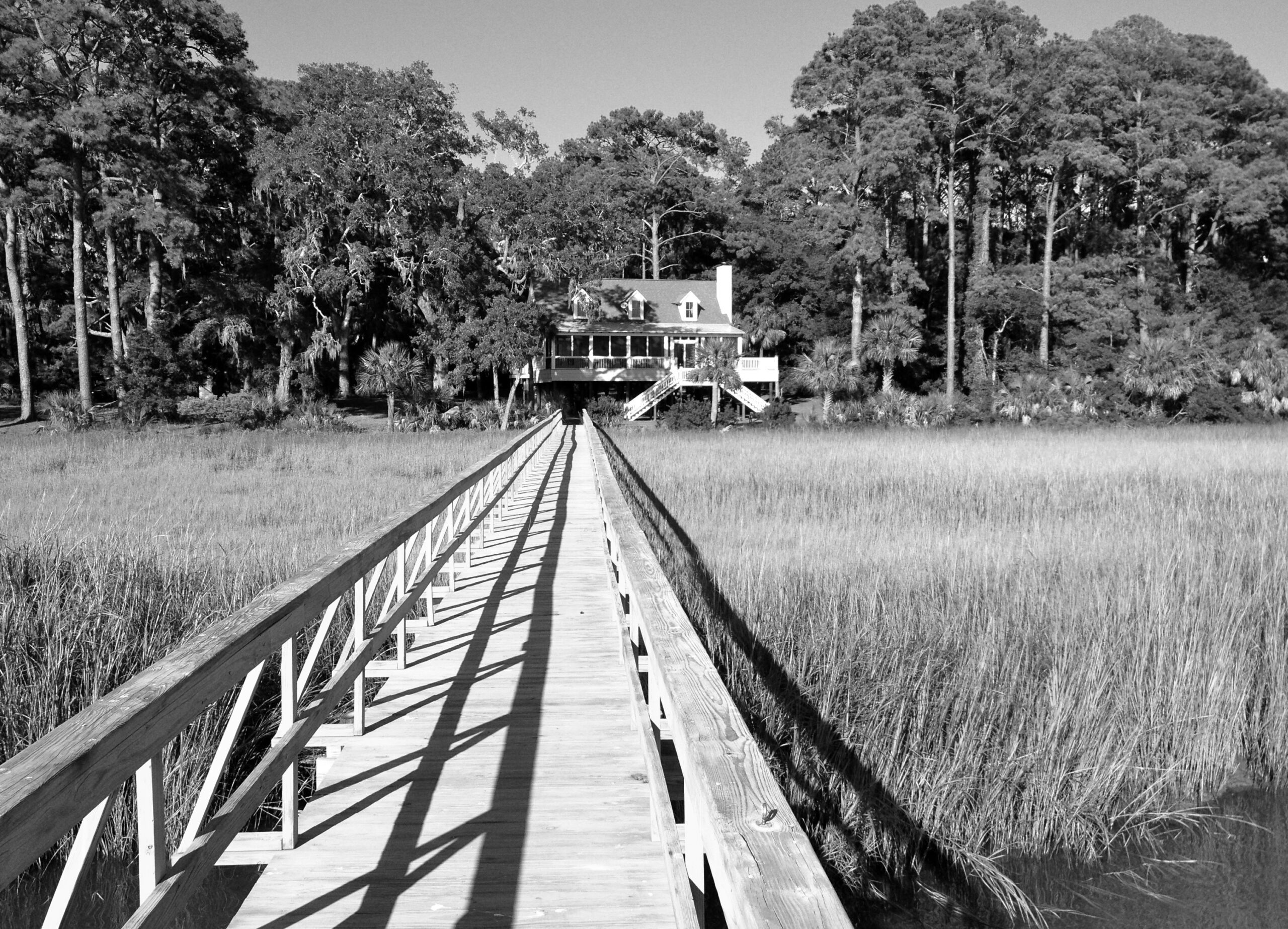
You won’t believe this hidden gem I just discovered on my travels! Tucked away on a tiny island off the coast of South Carolina sits a place where history, community, and sustainable farming come together in the most magical way.
Daufuskie Community Farm: Where Island History Meets Modern Sustainability
Ever heard of Daufuskie Island? Neither had I until recently. This small, isolated Lowcountry island near Hilton Head is home to one of the most inspiring community projects I’ve come across – a volunteer-run farm that’s preserving agricultural traditions while building a sustainable future.
What makes this place truly special isn’t just the fresh eggs or beautiful flowers they produce – it’s the incredible story of resilience that runs through the island’s soil.
The Farm Today: A Community Lifeline
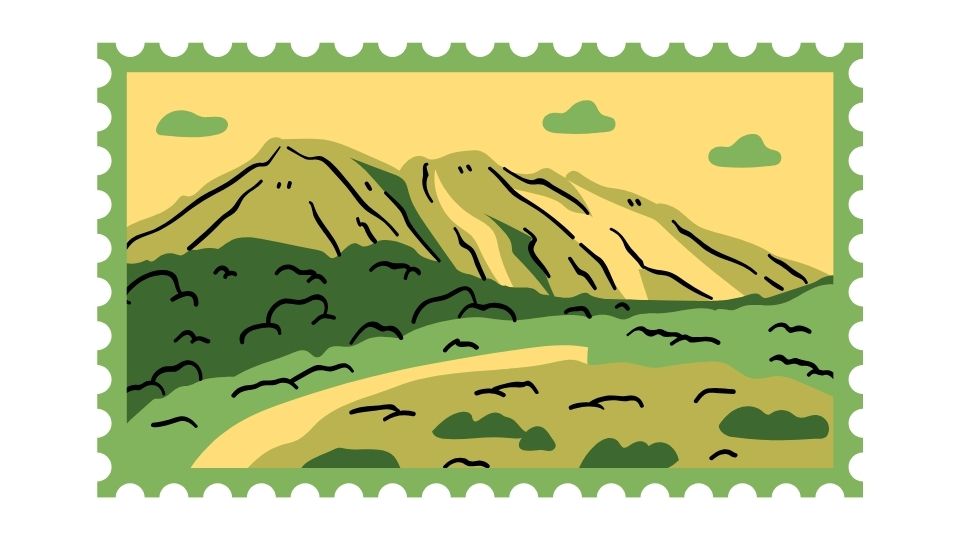
When you step onto the property at 348 Haig Point Road, you’ll immediately feel the warm, inclusive atmosphere that makes this place tick. The farm operates entirely on donations and volunteer power, welcoming anyone interested in sustainable farming within this unique island ecosystem.
One of my favorite things about visiting was meeting Miss Pat, the 84-year-old farm manager who embodies the spirit of this place. With decades of practical knowledge and a no-nonsense attitude, she mentors younger volunteers like Elijah, creating this beautiful multi-generational knowledge transfer that’s becoming rare in our disconnected modern world.
The farm produces an impressive variety of goods:
- Farm-fresh eggs from their hen houses
- Gorgeous flowers that brighten the island
- Locally milled lumber from donated island trees
- Various crops suited to the coastal climate
But this isn’t just any farm – it’s a living connection to the island’s rich past.
Daufuskie Island: A History Written in Soil and Sea
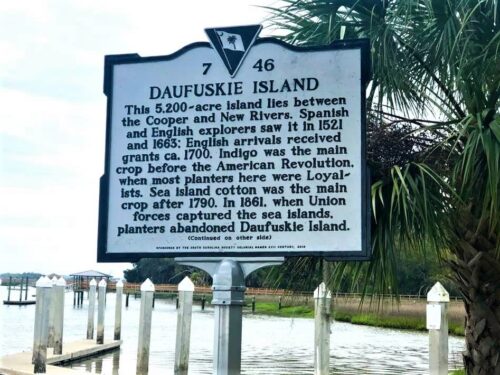
To truly appreciate what makes the Community Farm so special, you need to understand the island’s fascinating history.
European explorers first arrived in the early 1500s, encountering native Muscogee peoples and introducing horses that evolved into the unique Carolina Marsh Tacky breed still found on the island today.
The island’s permanent European settlement began in the late 17th century, drawn by incredibly fertile soil perfect for:
- Indigo
- Rice
- The legendary Sea Island cotton
This agricultural potential became Daufuskie’s economic backbone through the 18th and 19th centuries, built on the backs of enslaved Africans whose resistance to diseases like malaria allowed them to survive conditions that many European settlers couldn’t.
After the Civil War, freed slaves – ancestors of today’s Gullah community – were initially promised “40 acres and a mule,” though these promises were largely reversed. Many ended up as sharecroppers trapped in cycles of debt and hardship.
Despite these challenges, the Gullah people preserved their unique cultural identity, language, crafts, and traditions tied deeply to the land and sea.
From Oyster Capital to Population Decline
In the late 19th and early 20th centuries, Daufuskie became famous for something else entirely – world-class oysters. The industry employed most island residents, with men harvesting from boats while women worked in shucking houses.
These oysters were so renowned they were reportedly favored by the Tsar of Russia! Can you imagine shipping oysters from this tiny island all the way to Russia in the days before refrigeration?
Sadly, pollution from industrial waste eventually contaminated the waters and destroyed the oyster beds. This environmental disaster, combined with other economic factors, caused the island’s population to plummet from thousands to fewer than a hundred by the mid-20th century.
The Farm’s Mission: Preserving Heritage While Building Future
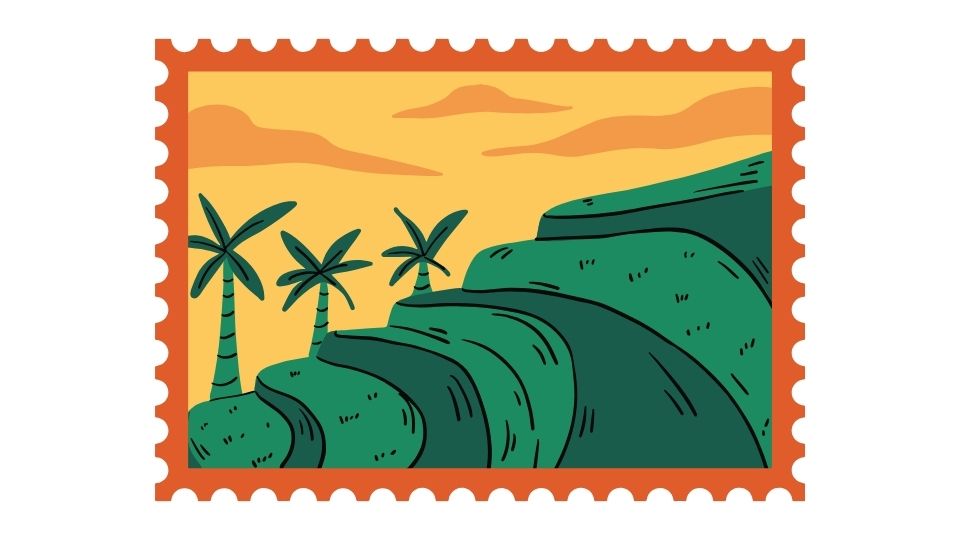
This is where Daufuskie Community Farm steps in as both a keeper of heritage and a beacon of renewal. By maintaining a working farm on the island, it helps preserve traditional lowcountry farming methods while supporting the small resident community.
The farm fills several crucial roles:
Educational Hub
Visitors and volunteers learn about sustainable farming practices, island history, and the importance of local food systems. Young people develop life skills and responsibility through hands-on work with plants and animals.
Community Center
The farm serves as a gathering place where islanders share knowledge, stories, and labor. It’s where the island’s past meets its present and shapes its future.
Sustainable Model
By integrating diverse agricultural activities and creative reuse of natural resources (like milling fallen trees for lumber), the farm demonstrates how to live in harmony with the island’s delicate ecosystem.
Challenges and Dreams for Tomorrow
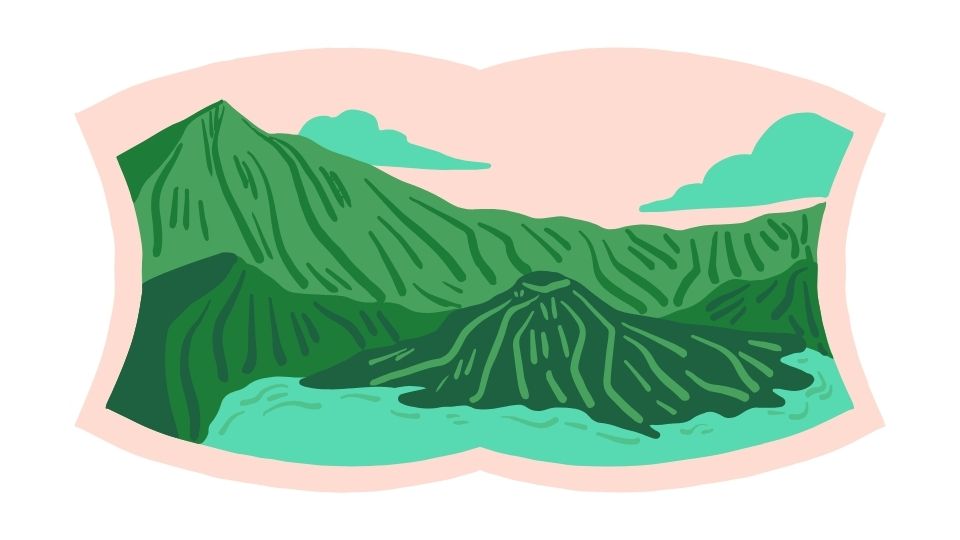
Running a nonprofit farm on an isolated island isn’t without its challenges. The farm relies entirely on donations and volunteer power to keep going. They’re working to secure permanent property and expand operations sustainably.
The farm faces the same balancing act as the island itself – how to preserve cultural heritage and natural beauty while creating a sustainable future for residents. It’s about finding that sweet spot where traditional knowledge meets modern innovation.
I left Daufuskie Community Farm feeling inspired by what a small group of dedicated people can accomplish. In a world of industrial agriculture and disconnection from our food sources, this little farm represents something profoundly important – a community taking control of its food production while honoring its past.
If you find yourself near Hilton Head, I highly recommend taking the ferry over to Daufuskie Island. Visit the farm, meet Miss Pat if you’re lucky, and experience this special place for yourself. You might just leave with a new perspective on what community-supported agriculture can achieve.
